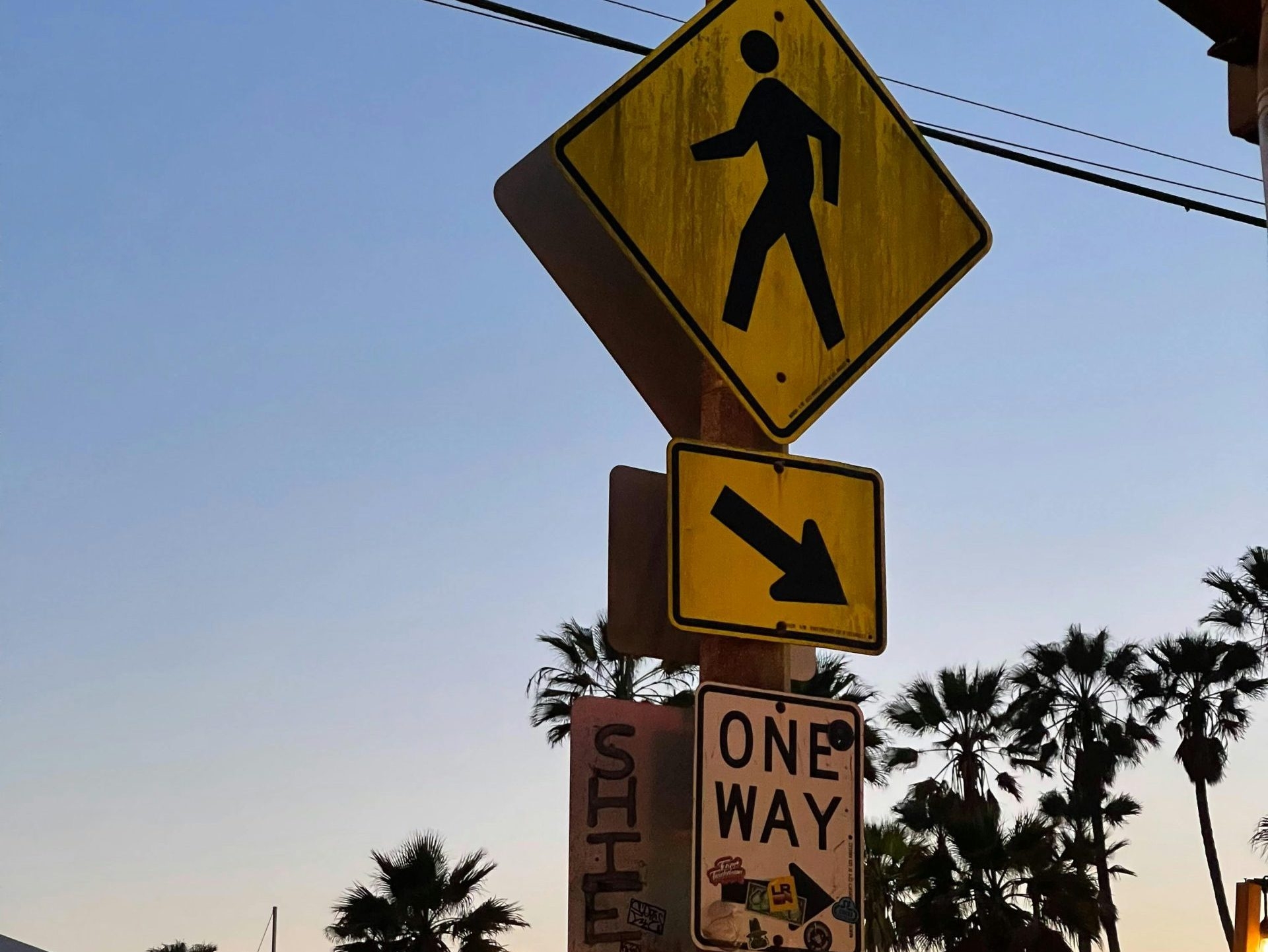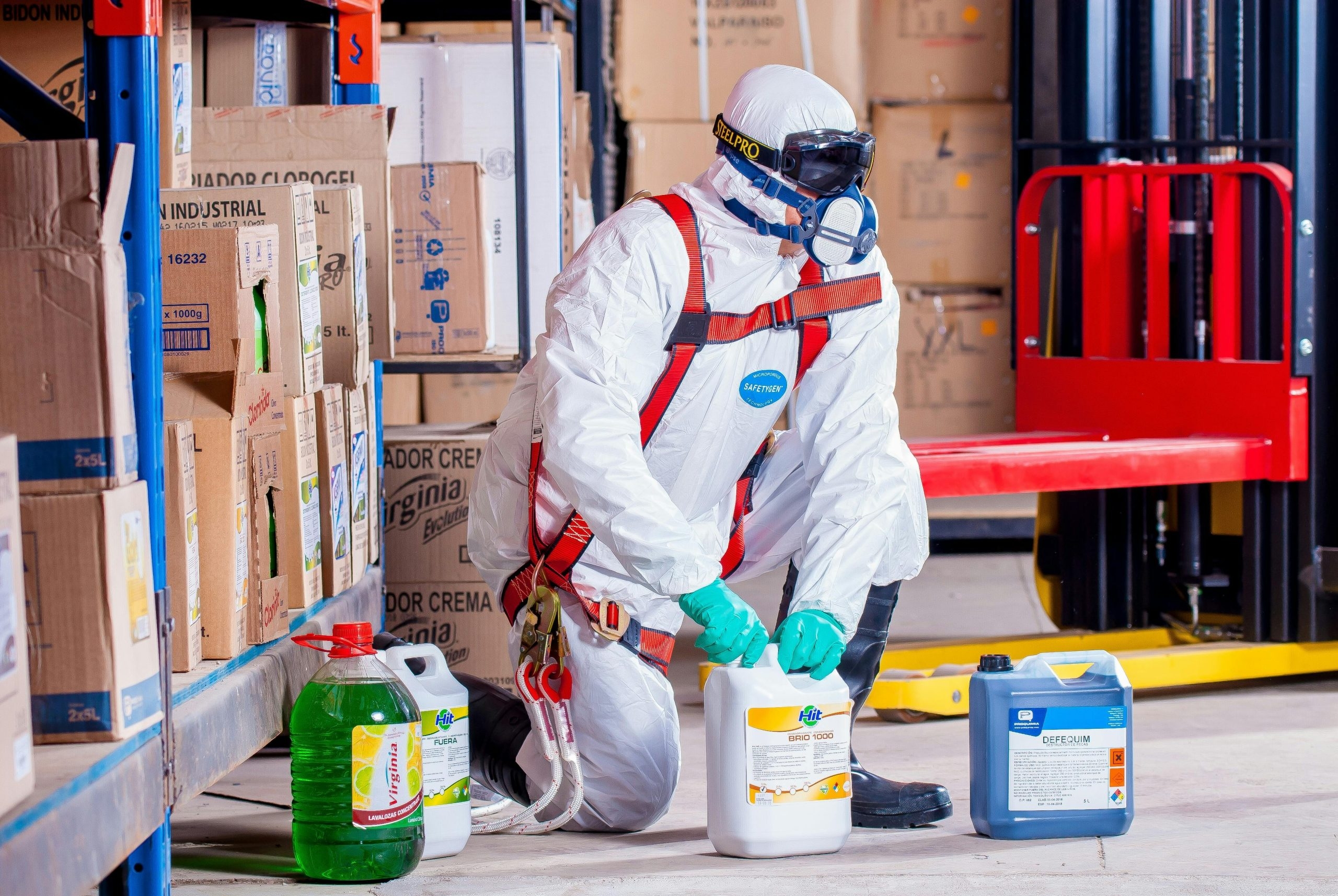Business owners and employers are legally responsible for health and safety in the workplace. This means you need to make sure that employees, and anyone who visit your premises are protected from anything that may cause harm and control any risks to injury or health that could arise in the workplace.
Employer’s main responsibilities are to:
- Identify who needs protecting from hazards, including employees, contractors, part-time workers and people with specific requirements.
- Carry out risk assessments in your workplace to determine whether there are enough procedures in place to protect people.
- Implement safety procedures i.e. safe systems of work by providing and maintaining anything that is needed to keep people safe, such as equipment and training for employees.
- Implement a health and safety policy to ensure employees are aware of the health and safety procedures in place, including fire safety and first aid.
- Ensure employees are given information about health and safety issues in the workplace and how they are protected.
- Provide training to help employees understand the risks they may face in their specific roles.
- Display a health and safety poster, which is a legal requirement.
- Provide a first aid kit, and a number of first aiders who have received practical training.
Having a clear health and safety management system in place can help you identify specific risks and identify which employee are responsible for them. The ultimate aim is to keep employees safe from harm, reducing the risk of accidents, claims, costs and business interruptions which is beneficial for any business.
What are employees responsible for?
Employees also have a legal requirement to help the business remains safe, with a responsibility to take care of their own health and safety and that of others who may be affected by their actions at work. If employees follow safety instructions that have been given to them, they can help keep the workplace safe and help the business fulfil its legal duties.
Employees’ main responsibilities are to:
- Follow any health and safety training and work in a way that does not create hazards or increase risk to themselves or others.
- Understand the risks associated with their work and carry out their work safely to minimise risks around the workplace.
- Ensure they comply with safety procedures, which includes anything put in place to protect their safety, such as protective barriers, systems, equipment, and wearing personal protective equipment if their work requires it.
- Be proactive and help keep hazards at a minimum, for example, ‘clean as you go’ and tidying away obstructions.
- Report any failings in safety procedures if they think something is a risk to safety.
What is a Health and Safety Policy?
A health and safety policy will set out your general approach and commitment together with the arrangements you have put in place for managing health and safety in your business. It is a unique document that says who does what, when and how.
A documented health and safety policy is a legal requirement if you employ five or more people. If you have fewer than five employees you do not have to write anything down, however, it is considered useful to do so if, for example, if something changes.
The health and safety policy should have three parts:
Health and Safety Policy Statement of Intent
In your health and safety statement of Intent you should list your businesses aims for health and safety. You, as the owner or most senior person in the company, should sign and date the statement. You should also set a review date. You must also display your statement of intent where all employees can read it for example on the employee notice board.
Responsibilities for Health and Safety
This section of the health and safety policy details the names, positions and roles of the people within your business who have specific responsibility for health and safety.
Arrangements for Health and Safety
The arrangements section gives details of the specific systems and procedures you have in place. This part of your policy should describe in detail how you control the risks associated with your business activities. You must tailor this to your specific business. For example, there is no point in describing your safety rules for dealing with chemicals if you do not use chemicals.






